Broccoli bolting can be a frustrating problem for gardeners, but it can be prevented with the right knowledge and techniques. By understanding the causes of bolting Broccoli and identifying its early signs, you can take proactive measures to keep your Broccoli plants healthy and productive.
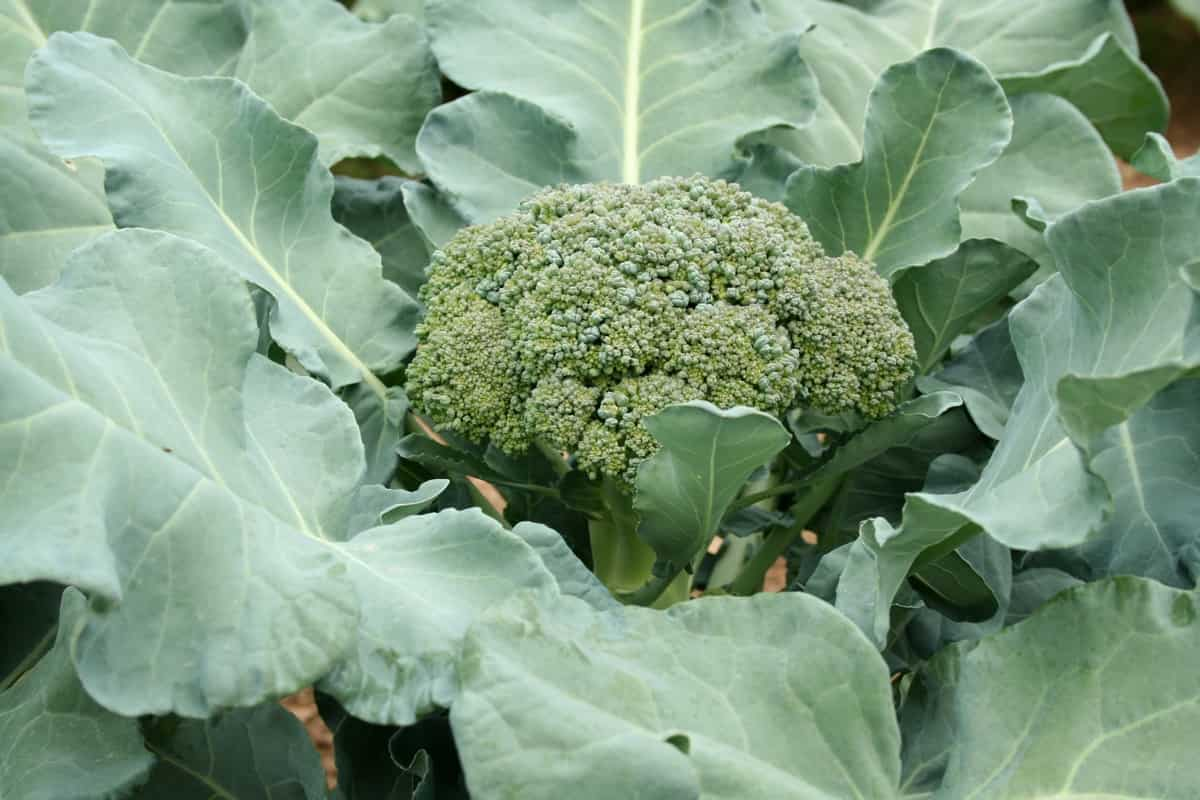
How do I keep my Broccoli from bolting? Keeping your Broccoli from bolting is essential to ensure a bountiful harvest. To prevent this premature flowering, there are several steps you can take. With careful attention and timely interventions when needed, you’ll soon become an expert at preventing Broccoli bolting.
How to Prevent Broccoli Bolting
What is Broccoli Bolting?
Broccoli bolting is a natural and common phenomenon when the plant prematurely produces flowers and seeds. What Does Bolting Broccoli Look Like? The sudden appearance of a tall, elongated stem in the center of the plant. This stem will shoot up quickly and may be accompanied by small yellow flowers or buds. The once tightly packed florets will start to separate and become loose.
How Do You Know When Broccoli is Bolting? When Broccoli bolts, it diverts its energy from producing edible florets to developing flowers and seeds. As a result, the taste and texture of bolted Broccoli become undesirable for consumption. Several factors can contribute to Broccoli bolting, including genetic predisposition and environmental stressors. Certain varieties are more prone to bolting than others due to their genetics. Stressors like high temperatures or fluctuations in temperature can also trigger this process.
Signs of Broccoli Bolting
When Broccoli starts to bolt, the plant transitions from vegetative to reproductive mode. What Happens When Broccoli Bolts? Broccoli bolting is a natural process that occurs when the Broccoli plant transitions from producing nutritious florets to focusing on flower and seed production. It can be disappointing for gardeners hoping for a bountiful harvest of tender florets, but there are ways to identify and prevent this phenomenon.
One of the Broccoli bolting signs is the appearance of elongated stems and small yellow flowers at the plant’s crown. This indicates that the plant has shifted energy toward reproduction rather than edible growth. Additionally, you may notice that the leaves become smaller and more bitter as they take on a more spiky or jagged shape. As bolting progresses, the stem will continue to elongate rapidly, causing it to become woody and tough. The flowers will develop into small green buds, eventually opening into vibrant yellow blossoms that attract pollinators like bees.
Recognizing the signs of Broccoli bolting can help you take action before it’s too late. Keep an eye out for elongated stems with yellow flowers at the crown, smaller bitter-tasting leaves with irregular shapes, rapid stem growth leading to woody texture, and eventually green buds turning into bright yellow blossoms. By staying vigilant and taking preventative measures such as timely harvesting or providing shade during hot spells, you can enjoy delicious homegrown Broccoli without worrying about premature bolting.
In case you missed it: Discover the Top 19 Best Broccoli Varieties for Home Garden Abundant Harvests
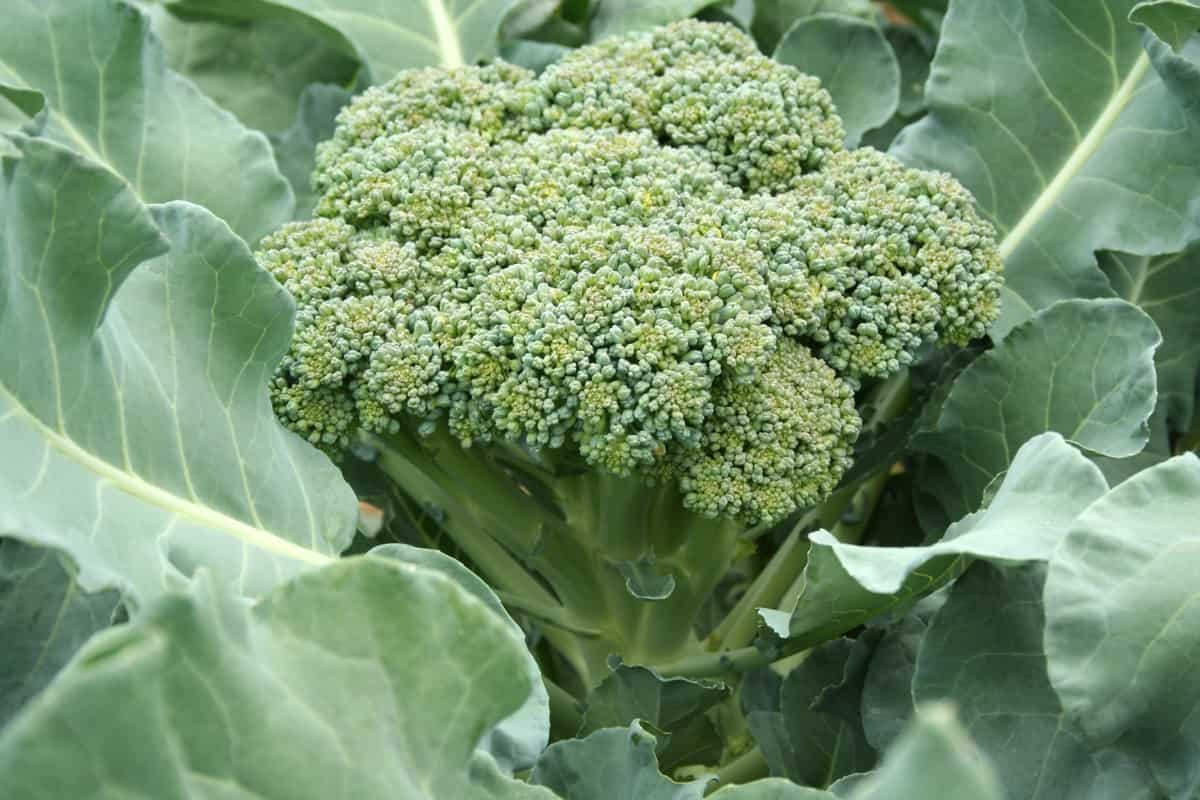
Causes of Broccoli Bolting
Broccoli bolting, the premature flowering and seed production in Broccoli plants, can be frustrating for gardeners. Understanding the causes of this phenomenon is crucial in preventing it from happening. Certain varieties of Broccoli are more prone to bolting than others due to their genetic makeup. It’s important to select varieties known for their resistance to bolting if you want a higher chance of success. External conditions play a significant role in triggering Broccoli bolting.
High temperatures, prolonged exposure to sunlight, and inconsistent watering can all stress the plant and induce early flowering. Temperature plays a crucial role in the bolting process of Broccoli plants. Broccoli is a cool-season vegetable that prefers moderate temperatures between 15 to 21°C. Broccoli bolting temperature is above this range. Broccoli is highly sensitive to changes in day length. When exposed to longer days or certain light wavelengths, the plant interprets it as a signal for reproduction and initiates bolt formation.
Inadequate nutrition or macronutrient imbalances like nitrogen may also contribute to Broccoli bolting. Ensuring proper soil fertility by amending with organic matter and providing balanced fertilizer applications can help prevent nutrient-related issues. Overcrowding or competition from nearby plants can cause stress on Broccoli plants, leading them towards reproductive growth instead of focusing on producing edible florets.
Infestation by pests such as aphids or diseases like downy mildew can weaken Broccoli plants’ overall health, making them more susceptible to early flowering. By identifying these potential causes and implementing preventive measures, such as selecting appropriate cultivars and providing optimal growing conditions, including adequate water supply and moderate temperatures, while addressing nutrient deficiencies promptly – gardeners can minimize the risk of their beloved Broccolis prematurely entering flower mode.
Genetic Factors in Broccoli Bolting
When it comes to Broccoli bolting, genetics can play a significant role. Just like humans inherit certain traits from their parents, plants also inherit genetic characteristics that can influence their growth and development. Broccoli varieties differ in their susceptibility to bolting. Some types are more prone to bolt under specific conditions than others. Different cultivars have been bred for various purposes, such as early maturity or heat tolerance.
Certain genetic factors contribute to the plant’s ability to regulate its flowering process. Some Broccoli varieties have genes that make them more sensitive to environmental cues, triggering them to bolt earlier than others. While genetics does play a role in Broccoli bolting susceptibility, it is not the sole determinant. Environmental factors and management practices also heavily influence whether your beloved green veggies will bolt prematurely or not.
In case you missed it: How to Grow Broccoli in Pots in India: at Home, on the Terrace, in the Backyard and Balcony

Effects of Stress on Broccoli Bolting
Broccoli, like any other plant, can be affected by various stress factors that can trigger bolting. Stressors such as extreme temperatures, lack of water or nutrients, and overcrowding in the garden can all contribute to Broccoli bolting prematurely. When the temperature fluctuates too much or reaches extremes, it stresses the Broccoli plants. High temperatures cause them to bolt faster, while cold snaps after warm weather can also induce bolting. Similarly, if Broccoli doesn’t receive enough water or nutrients from the soil, it senses this stress and may bolt earlier than expected.
Overcrowding in your garden bed is another stress for your Broccoli plants. When they are competing for space and resources with other plants nearby, it can lead to increased stress levels and ultimately trigger premature bolting. Furthermore, pest infestations and diseases can also cause stress for your Broccoli plants. Insects feeding on their leaves or diseases affecting their overall health put additional strain on the plants’ system, possibly resulting in early bolting.
It’s important to note that not all types of stress will necessarily lead to immediate bolting; however, they do increase the likelihood of it happening sooner rather than later. Minimizing these stresses and preventing premature bolting in your Broccoli crop requires careful attention to proper growing conditions, including maintaining consistent moisture levels in the soil through regular irrigation practices and providing adequate nutrition through fertilization at appropriate times during growth stages.
Preventing Broccoli Bolting
How to Prevent Broccoli From Bolting? The key strategy to prevent Broccoli from bolting is harvesting it before it can flower. When you notice the central head forming and reaching its desired size, cut it off. This will give you a delicious harvest and signal to the plant that its job is done. One of the key ways to prevent Broccoli from bolting is by harvesting it before it has a chance to bolt.
Once you notice the heads starting to loosen or tiny yellow flowers appearing, that’s your cue to harvest. By doing this, you can enjoy fresh Broccoli’s delicious taste and texture without worrying about it going to seed. Another strategy for preventing bolting is extending the growing season. This can be achieved by planting Broccoli early in the spring or late summer when temperatures are cooler. You can also use shade cloth or row covers to protect your plants from excessive heat.
Companion planting is another effective method for preventing bolting. Planting cool-season crops like Lettuce or Spinach alongside your Broccoli can provide shade and help regulate soil temperature, reducing plant stress. Crop rotation and proper soil management are essential for preventing bolting as well. Avoid planting brassicas like Cabbage or Kale in the same spot year after year, as this can accumulate pests and diseases contributing to stress and subsequent bolting.
In case you missed it: 18 Common Broccoli Plant Problems: How to Fix Them, Solutions, and Treatment
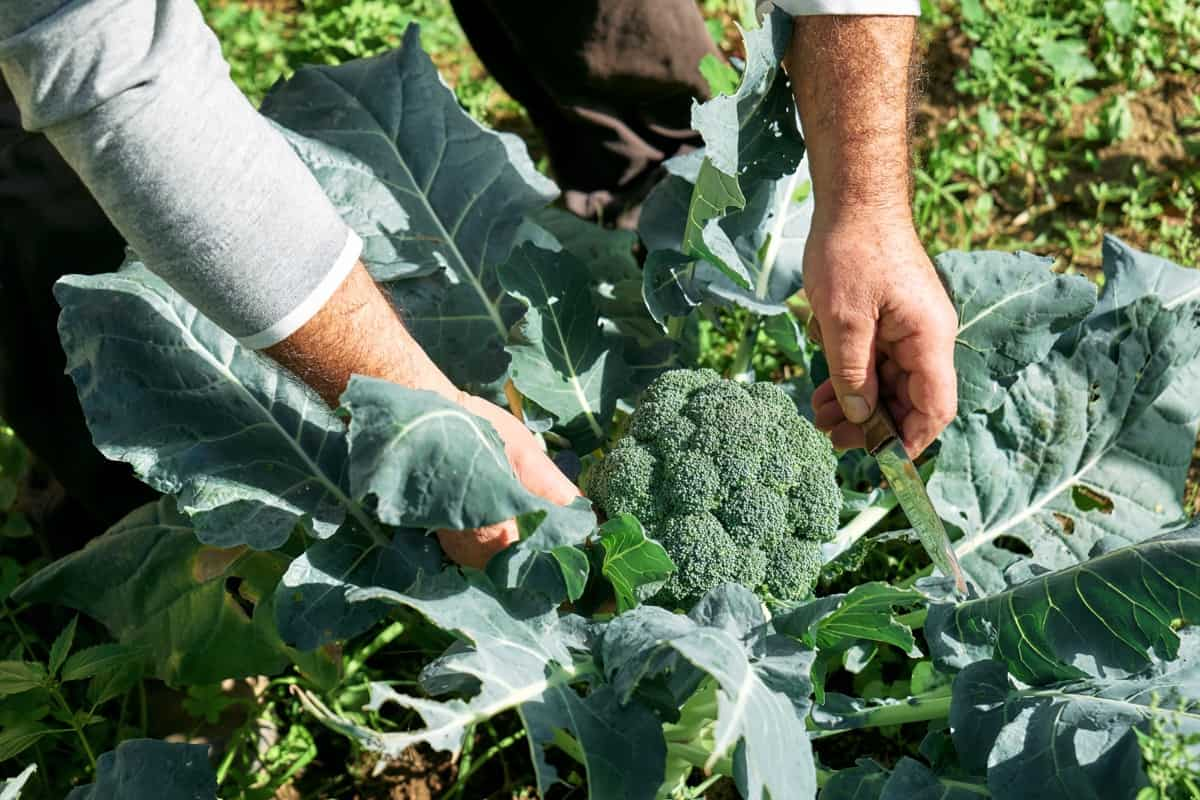
Harvesting Broccoli Before Bolting
One of the key strategies in preventing Broccoli from bolting is to harvest your crop before it has a chance to bolt. Will Broccoli Grow Back After Bolting? Many gardeners wonder if their Broccoli plants will regrow after bolting. The answer depends on several factors, including the bolting stage and plant health. Unfortunately, once this happens, the taste and texture of the Broccoli can change significantly.
What to do with bolted Broccoli? There are still plenty of ways you can put those flowering beauties to good use. One option is to harvest the bolted Broccoli and use it in stir-fries or sautés. While the taste may be slightly bitter compared to non-bolted Broccoli, it can still add a nice crunch and texture to your dishes. Just remove any tough stems or leaves before cooking.
What to do when Broccoli flowers? Let the flowers fully bloom and attract pollinators like bees and butterflies to your garden. This supports local ecosystems and adds color to your other vegetables.
Can you eat bolted broccoli? When it comes to bolted Broccoli, many gardeners wonder if they can still eat it. While the taste and texture may be affected, bolted Broccoli is still edible. However, there are a few things to consider. The flavor of bolted Broccoli can be quite strong and bitter. This is due to the increased production of certain compounds when the plant bolts. To harvest your Broccoli correctly, use a sharp knife or pruners to cut just below where each stem meets with the main stalk. Be careful not to damage any surrounding buds or shoots while doing so.
Extending the Broccoli Growing Season
When growing Broccoli, every gardener wants to maximize their harvest and enjoy fresh, homegrown florets for as long as possible. One way to prolong your Broccoli harvest is by practicing succession planting. This involves sowing or transplanting seedlings regularly throughout the growing season. By staggering your plantings, you ensure a continuous supply of tender heads rather than having them all ripen at once. Another technique for extending the growing season is protecting against frost and cold temperatures.
As cooler weather approaches, cover your Broccoli plants with row covers or cloches to shield them from freezing temperatures. This added insulation layer will help prevent premature bolting and allow you to continue harvesting well into fall or winter. Maintaining good soil moisture is crucial for keeping your Broccoli plants happy and productive. Regular watering is essential during dry spells or periods of drought stress. Mulching around each plant helps retain moisture in the soil while suppressing weed growth that could compete with your crops.
Companion Planting for Preventing Bolting
One popular companion for Broccoli is Lettuce. The leafy greens provide shade to the Broccoli, shielding it from intense sunlight and helping to regulate temperature. In turn, the tall stalks of Broccoli act as a natural support for the sprawling Lettuce leaves, creating an efficient use of space in your garden. Another great companion plant for Broccoli is Mint. Not only does Mint repel pests that could potentially damage your Broccoli plants, but its aromatic oils also mask the scent that attracts insects known to cause bolting.
In case you missed it: Best Fertilizer for Broccoli: Homemade, Liquid, Organic, Compost Manure, NPK, and Schedule
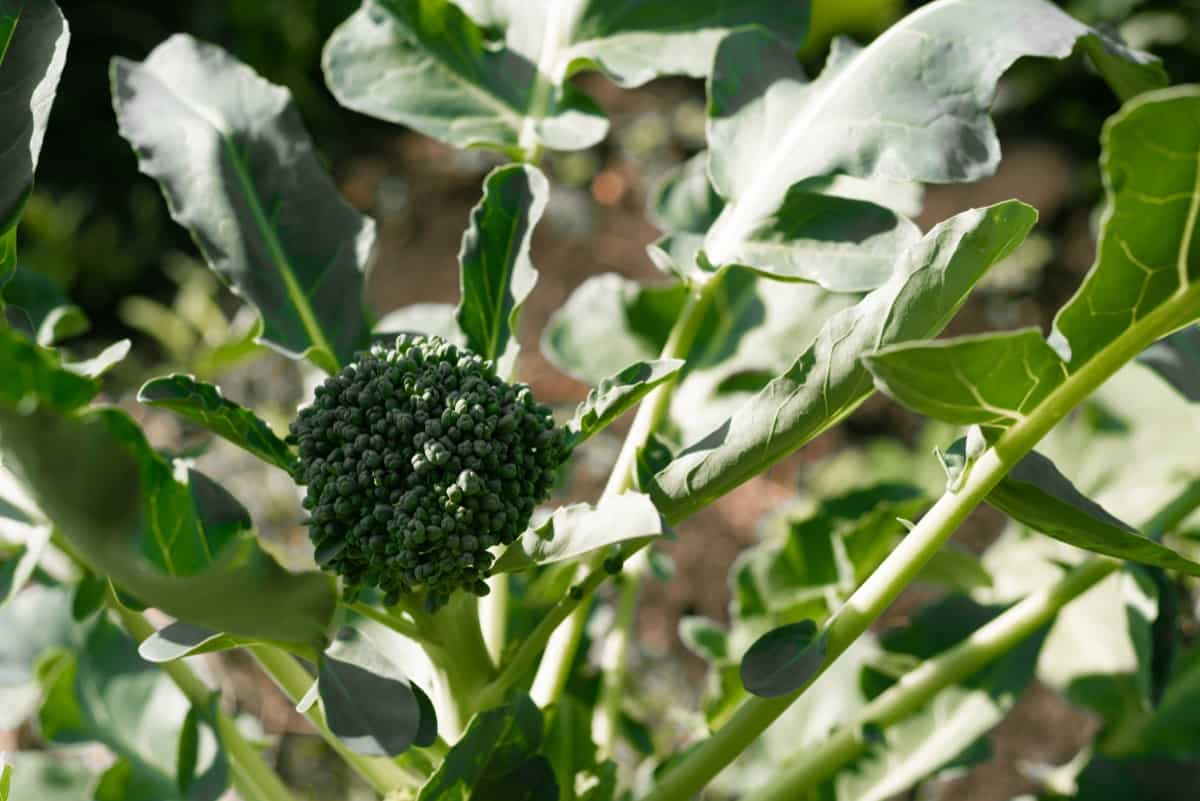
Marigolds, including those with Broccoli, are another excellent addition to any vegetable garden. Their bright yellow flowers not only add beauty but also deter nematodes and other harmful organisms that can disrupt the growth of your crops. When choosing companion plants to prevent bolting in your Broccoli patch, consider their size, growth habits, and nutrient requirements. Aim for a diverse mix of companions that will complement each other’s strengths while minimizing competition for resources like water and nutrients.
Crop Rotation and Soil Management
Crop Rotation and Soil Management play a crucial role in preventing Broccoli bolting. Rotating crops also allows different plants with varying nutrient needs to be grown in succession, ensuring that the soil doesn’t become depleted of specific nutrients that are essential for optimal Broccoli growth. Certain crops can even help suppress weeds or improve soil structure when planted in rotation with Broccoli.
Soil management practices such as regular testing and amendment application are equally important. Combining the soil with organic matter like compost or well-rotted manure can enhance its fertility, water-holding capacity, and overall health. This improves plant nutrient availability and promotes beneficial microbial activity in the root zone.
Proper irrigation is another key aspect of managing your soil effectively. Overwatering or underwatering can cause stress on Broccoli plants, increasing their susceptibility to bolting. Water consistently but avoid excessive moisture around the roots by implementing appropriate watering techniques such as drip irrigation or soaker hoses.
In case you missed it: 13 Common Problems with Raised Bed Vegetable Plants: Prevention, Treatment, and Solutions
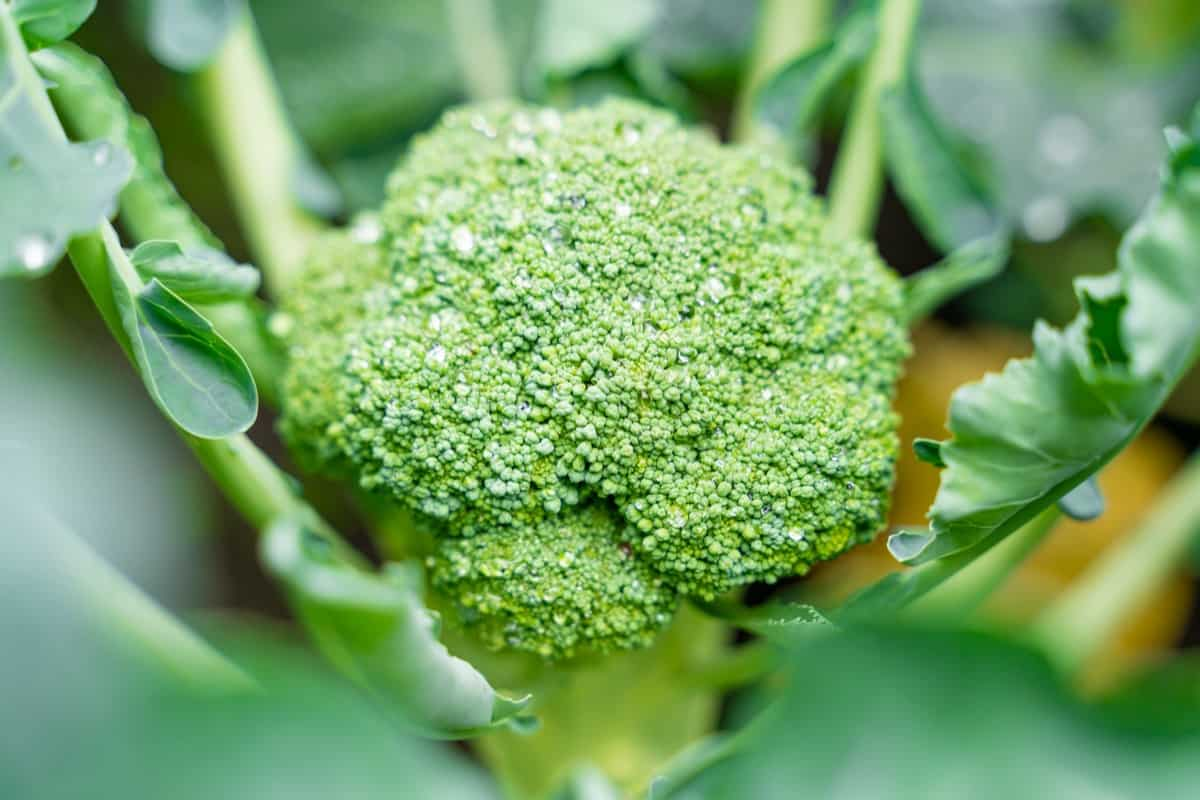
Conclusion
Broccoli bolting is a natural process in which the plant prematurely goes to seed due to various factors. While it may be disappointing to see your Broccoli bolt, there are ways to prevent and manage this issue. By understanding the causes of Broccoli bolting, such as genetic factors and stress, you can take proactive steps to mitigate its occurrence. Harvesting your Broccoli before it bolts or extending the growing season through techniques like companion planting can help prolong its productivity.
- Gardening Techniques in Planting Vegetables
- Where to Place Indoor Plants in Your Home
- How to Grow Tomatoes Organically at Home: A Comprehensive Guide
- Organic Gardening on a Budget: Low-Cost Methods and Materials
- Gongura Seed Germination and Planting Methods
- Cabbage Seed Germination and Selection
- Broccoli Seed Germination and Selection
- Asparagus Seed Germination and Variety Selection
- Seasonal Flower Gardening: Best Practices for Spring, Summer, Fall, and Winter
- How to Grow Hibiscus from Flower
- Plantation Ideas for Home Decoration: A Beginners Guide
- Flower Garden Designs and Layouts for Beginners
- Planting and Spacing Techniques in Papaya: A Beginner’s Guide
- Growing Gold: Essential Techniques for Planting Pineapples
- How to Make Kalanchoe Plant Bushy: Home Remedies and Solutions
- 11 Reasons Why Your Gardenia is Not Blooming: Home Remedies and Solutions
- Eco Elegance: The Guide to Designing a Drought-Tolerant Landscape
- Gardening on a Slope: Strategies for Hillside Landscaping
- Nourish and Flourish: Top Organic Mulches for Thriving House Plants
- Everything You Want to Know about Indian Mogra Flower: Discover Uses and Growing
- Green Thumb Success: Expert Tips for Cultivating Greenhouse Pumpkins All Year Round
- Maximize Growth & Flavor: The Ultimate Guide to Companion Planting in Herb Gardens
- How to Control Rhododendron Problems Naturally: Home Remedies and Organic Ways to Fix Them
- Natural Magic: The Remarkable Benefits of Cinnamon for Plants
- Best Steps to Revive Dying Tulip with Natural and Organic Treatment
- 10 Reasons Why Your Angel Trumpet is Not Blooming: Remedies and Treatment
- How to Fix Periwinkle Leaf and Flower-Related Problems: Natural Remedies and Solutions
- How to Fix Zinnias Leaf and Flower Problems: Discover Natural and Home Remedies
- Organic Steps to Induce Lemon Tree Flowers: A Comprehensive Guide
- Bloom Booster: Crafting the Perfect Homemade Bougainvillea Fertilizer
- Optimizing Growth: A Guide to Applying NPK Fertilizer for Potted Plants
- 10 Best Homemade Fertilizers for Rubber Plant: DIY Recipes and Application Method
- How to Boost Female Pumpkin Flowers: Effective Steps for More Flowers and High Yields
- Transform Your Indoor Garden: Top Benefits of Pink Salt for Houseplants
- 10 Best Homemade Fertilizers for Peacock Plants (Calathea): Easy DIY Guide
- Unlock Blooms: 9 Reasons Why Your Potted Chrysanthemum is Not Blooming